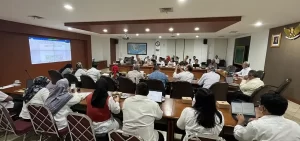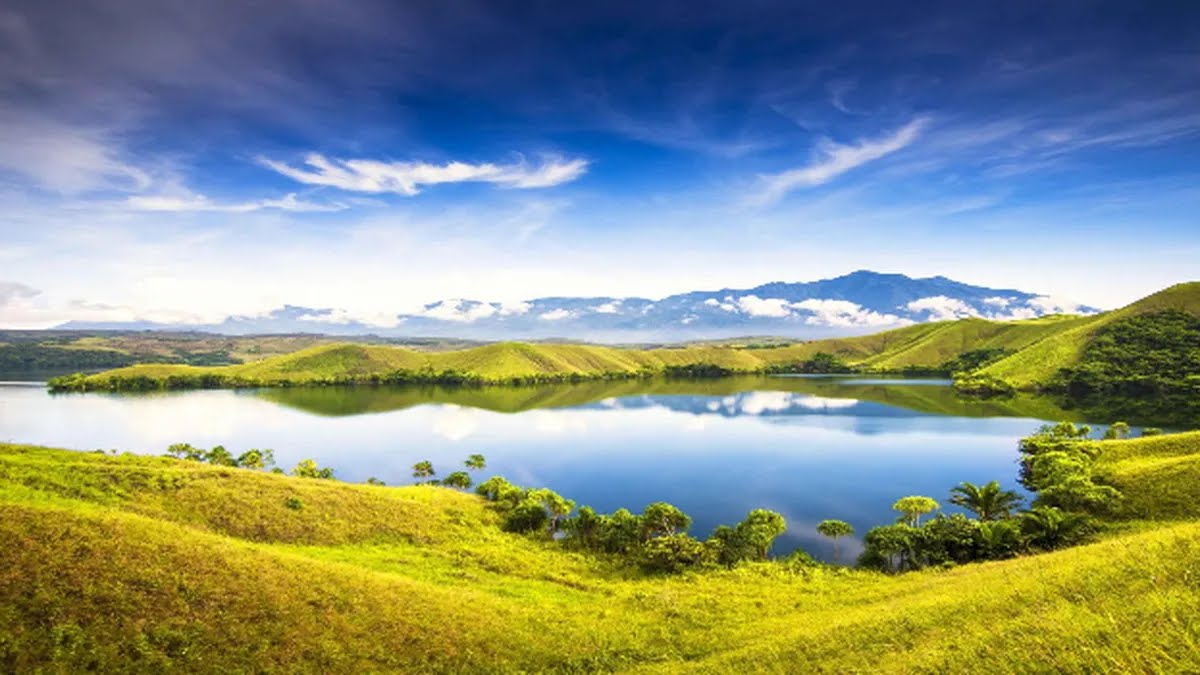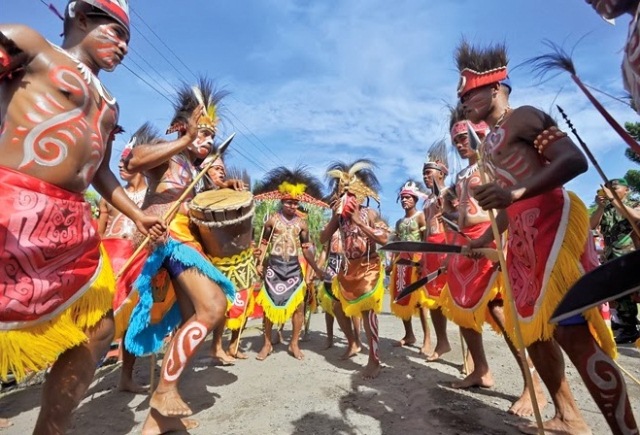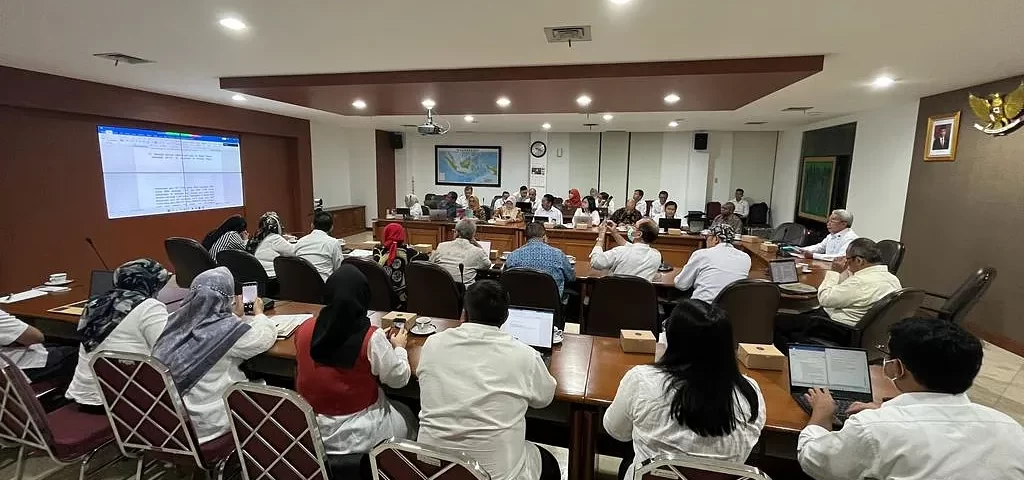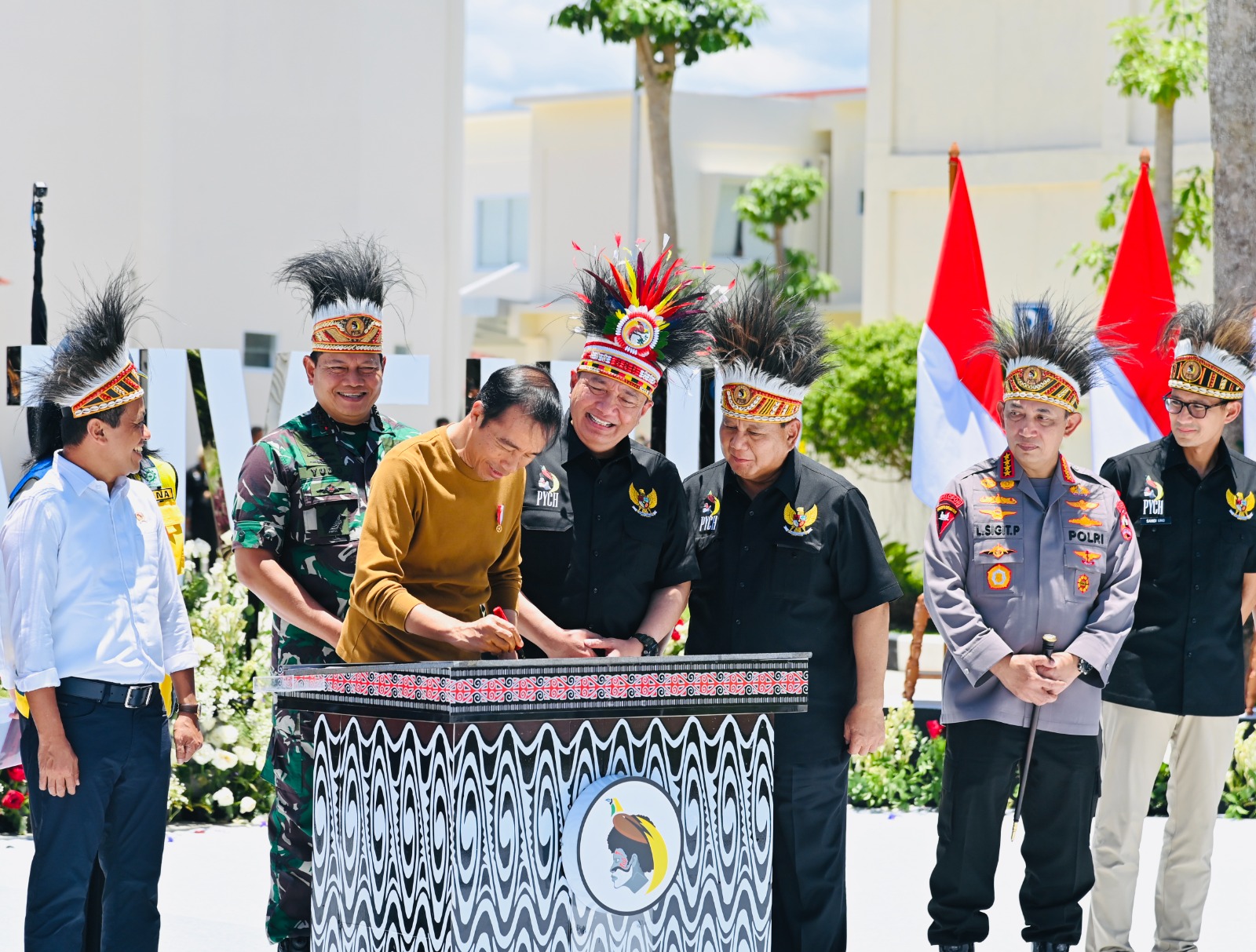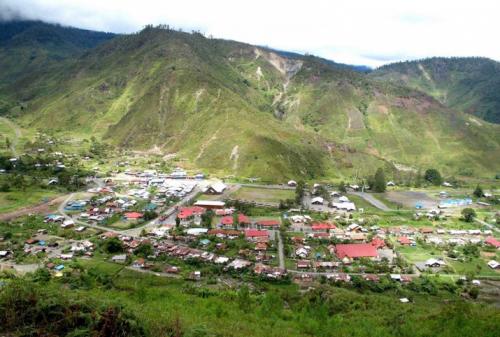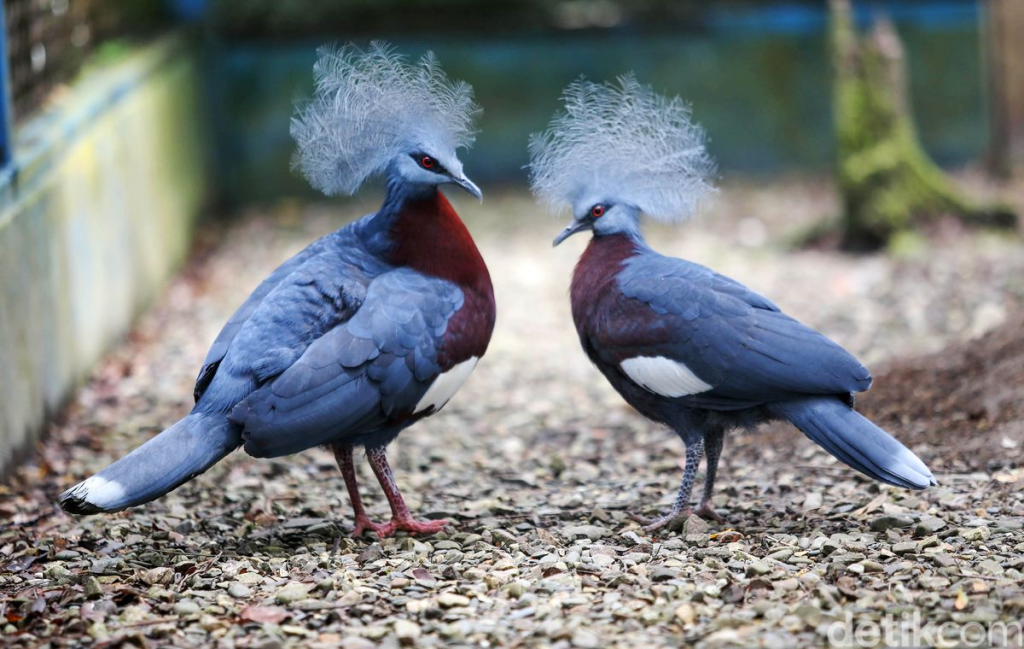
The land of Papua has various types of endemic birds. One of them is mambruk, which has been made the mascot of Manokwar i City , the capital of West Papua Province. The mambruk bird looks like a dove but has a fan-like crown.
This species can be found in lowland forests at an altitude of 0 – 1,000 meters above sea level. This forest model is found throughout Indonesia and generally experiences a decline in quality due to various threats, one of which is forest conversion.
In lowland forest areas, hunting is unavoidable. The aim could be for fun or a hobby, because this bird has a very beautiful shape, and is also hunted as a source of animal protein.
Mohammad Irham, a bird researcher from the Indonesian Research Institute [LIPI] explained that the collapse of [ Goura sp. ] is a member of the Columbidae family or group of pigeons. In general, its distribution is throughout Papua Island [Indonesia and Papua New Guinea], excluding small islands, except for the Raja Ampat, Yapen and Biak Islands. Mambruk is also the only type of pigeon that is large [58-79 cm].
This bird is very beautiful with its crown decoration, red eyes with a black ‘mask’ and gray and maroon feathers on the wings, and ecologically, this species only lives in the Papua region [Indonesia and PNG].
Mambruk reproduce by laying eggs. Each female will produce one egg. In the past, mambruk in Biak were hunted by residents to be used as food, or caught to be kept.
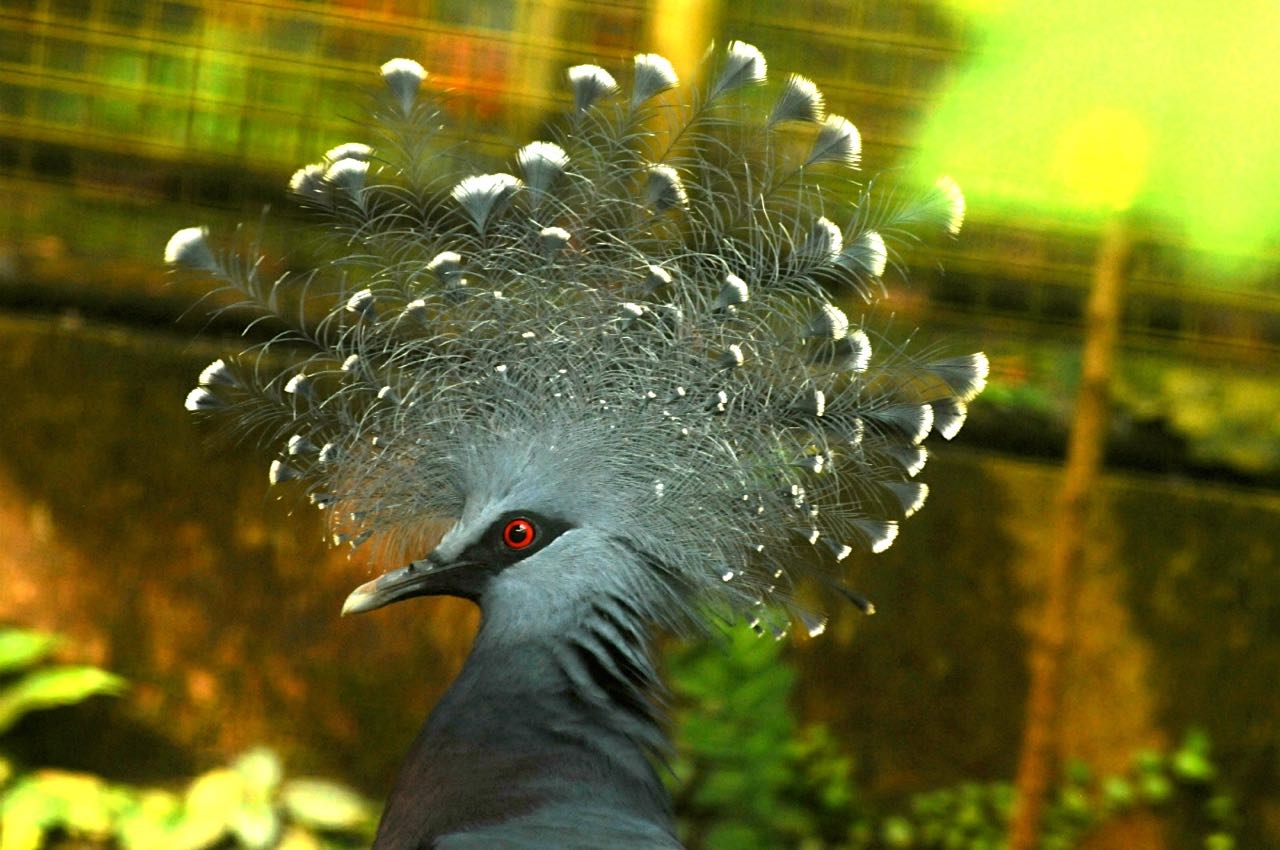
In Indonesia, there are three types of mambruk, namely mambruk ubiaat [ Goura cristata ], mambruk victoria [ Goura victoria ] and mambruk south [ Goura scheepmakeri ]. To distinguish the types of each individual, it is rather difficult if you only look at the external morphological appearance. But it has to be done by DNA sexing or surgery.
According to Mohammad Ihram, mambruk living in artificial facilities, such as zoos, can last 35 years or more. For example, the mambruk Victoria type at Rotterdam Zoo was recorded until the age of 35 years. Several keepers in Indonesia report having this bird for more than 40 years.
To prevent its extinction, the Indonesian government has designated it as a protected animal by including this species in Law no. 5 of 1990 concerning Conservation of Biological Resources and Ecosystems and Regulation of the Minister of Environment and Forestry Number 106 of 2018 concerning Protected Plant and Animal Types.
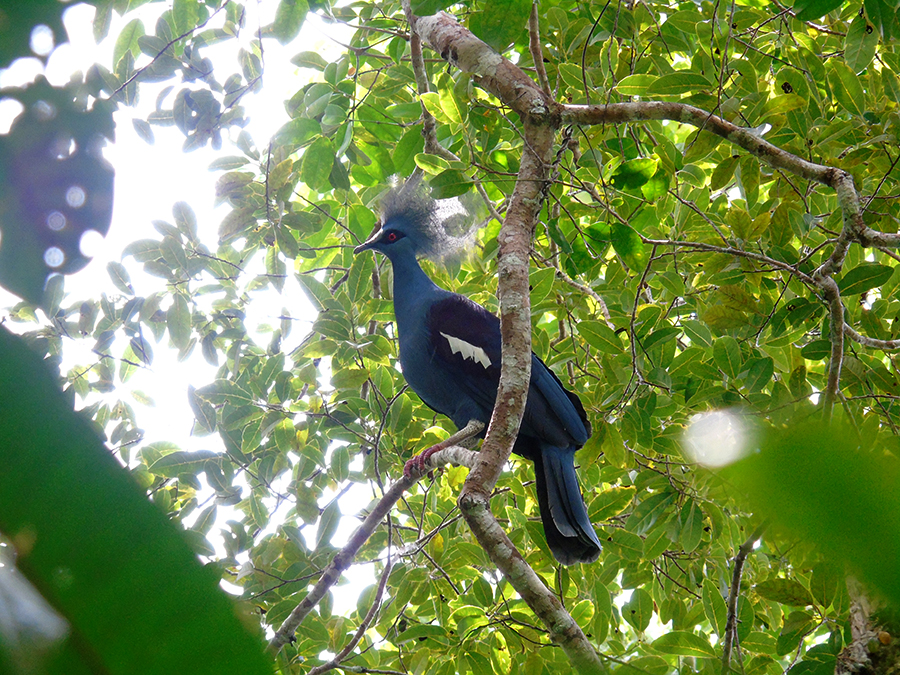
Conservation
Mambruk conservation activities can be carried out in-situ [in its natural habitat], such as through species protection, habitat and population development, as well as ex-situ conservation [outside its natural habitat], including through captive breeding activities. One of the farms that has succeeded in breeding mambruk victoria is the Mega Bird and Orchid Farm [MBOF] in Bogor, West Java.
The explanation above was mentioned in a study published in the journal Conservation Media Vol. 17 Number 3, December 2012. The research is entitled “Breeding Techniques and Daily Activities of Mambruk Victoria at Mega Bird and Orchid Farm, Bogor, West Java” written by Angga Prayana, Burhanuddi Masy’ud, and Erna Suzanna. According to them, the success of the breeding process for birds that grow so well that they develop very well is influenced by the success of the adaptation process, namely the management’s efforts to adapt birds from nature to the breeding environment as their new habitat.
At MBOF, the management’s adaptation effort is to place newly arrived colts in a separate cage [quarantine]. This step is taken to prevent stress. Gradually the birds are given food and their adaptation progress is monitored. If it is deemed that adaptation has occurred, as indicated by increased feed consumption, is no longer stressed and begins to appear calm and occupies or utilizes all the cage space in all its daily activities, then the bird is then put into a rearing cage until it breeds.
“From the adaptation management practices carried out, it is known that the average length of adaptation period for collapsing birds in breeding cages is around 1-2 weeks,” wrote the researchers.
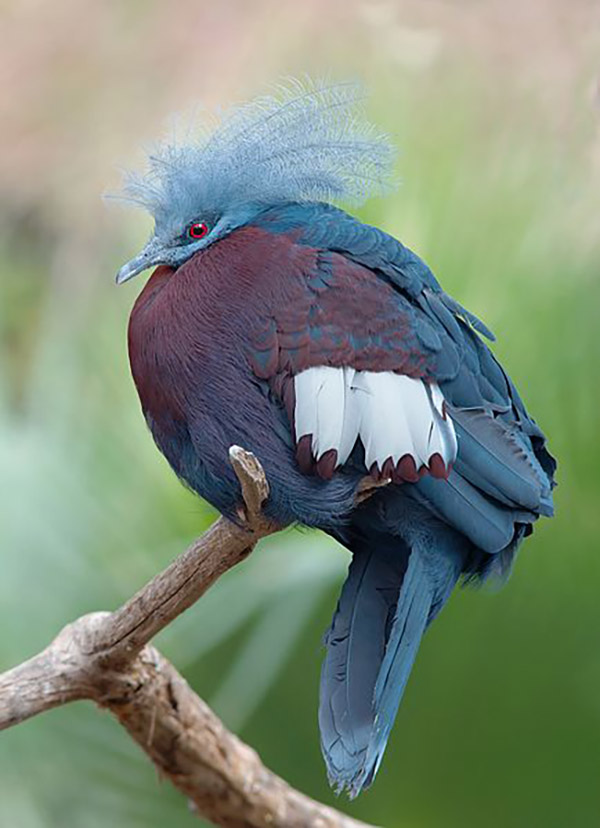
Meanwhile, senior researcher from the Papua Archaeological Center, Hari Suroto, said that one of the things that poses a threat to the mambruk bird is that the mambruk bird’s character easily trusts humans, making it easier for this bird to be shot and consumed, or caught and sold as a pet.
According to him, mambruk or crowned dove in the past was used by the Dutch as the name of an airline in Papua until 1962 called de kroonduif, which means crowned dove , as a subsidiary of the Dutch KLM airline, and based at Mokmer Airport, Biak.
“ De Kroonduif airline serves flights in the Papua region as well as to Sydney and Papua New Guinea. “Then Indonesia de Kroonduif changed its name to Merpati Nusantara airline,” explained Hari.
According to Hari, one type of mambruk bird, Goura scheepmakeri, turns out to have meaning. For example, the name goura is an original name and is thought to originate from the Fak-fak area, while scheepmakeri is the name of a Dutch soldier; C. Scheepmaker who was also a bird collector in the 19th century.
Author: JS
Travel Vlogger, Journalist,





